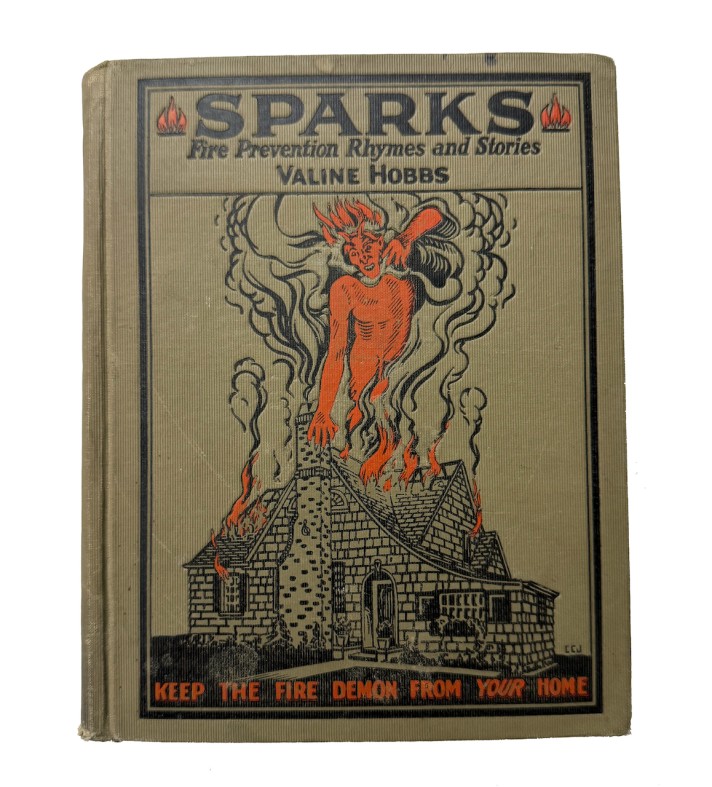Fire: Rebirth and Resilience
April 5 – September 28, 2025
Fires have long been symbols of both devastation and renewal, shaping the landscape of the west throughout history. In 1889 a catastrophic fire ripped through Spokane destroying much of the downtown core and business district and making national headlines. Today, regional fires reshape communities, affect individuals in lasting ways, and force us to think about how we live within our own changing landscapes. This exhibition explores historic and contemporary regional fires, illustrating how destruction can be a catalyst for rebirth and resilience.
Banner image: Ruins of the Hyde Block the morning after the Great Fire (detail), August 5, 1889. Photograph printed by the Minneapolis Art Studio in Seattle, Washington. Photographer unknown. Gift of Durant I. Morrison, 1950, Joel E. Ferris Archives and Research Library, Northwest Museum of Arts and Culture (L89.108).
Fire: Rebirth
In 1889 as the territory was preparing for its entry into statehood, devastating fires peppered the region: Seattle, Ellensburg, Cheney, and the nearby Coeur d’Alene forest all succumbed to fires. Spokane was not exempt. On the evening of August 4, 1889, a small lodging house and restaurant caught fire on Railroad Avenue. The flames quickly turned into an out-of-control inferno, ripping through the heart of what was then known as Spokane Falls, turning 32 blocks into ash and ember. Evoking the mythical phoenix bird, the Great Fire of Spokane marked a turning point in the city's development, launching a period of rebirth and reinvention.
As you explore the gallery, you'll glimpse photos of the ruins in the aftermath of the fire and contemplate the melted souvenirs that Spokanites saved from the rubble as the city began to rebuild.

Fire: Resilience
Before the 19th century, Indigenous land management practices in what is now called North America, included strategic seasonal burning. As more Euro-American settlers less familiar with the landscape moved into the Pacific Northwest, the traditional seasonal cycles of fire management were overtaken by fire suppression efforts. Formalized fire departments began and as cities grew more densely populated the tools we use and the way we educate our communities evolved to try and adapt. From Smokey Bear to elaborate fire extinguishers, methods to spread awareness of what you could do to help mitigate the fire risk in your community continue to be shared and adopted.
As you explore the gallery, you will hear voices of people in our community, who were impacted by the devastating fires over the last five years. From covering the event as it happens, to witnessing it firsthand while fleeing the blaze, the power of individual stories to document these events humanizes the destruction that wildfires can wreak. However, in the wake of disasters the strength of our communities shows itself.
Rethinking our approach to fire can reshape our communities and build resilience into the landscape.
Photo: Sparks: Fire Prevention Rhymes and Stories, by Valine Hobbs, gift of the Ladies Benevolent Society (L84-48.7).